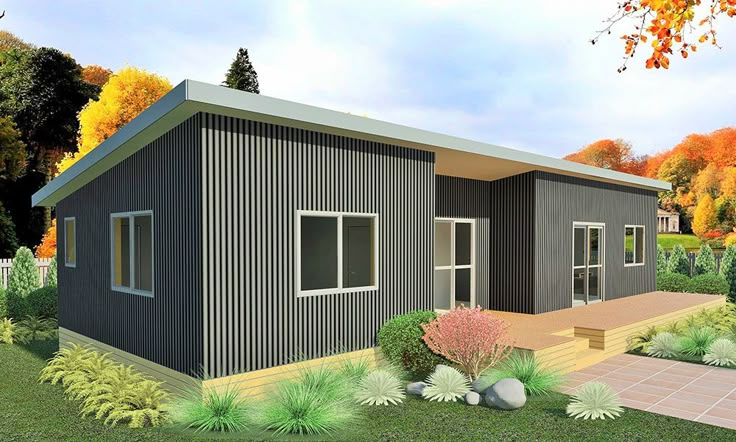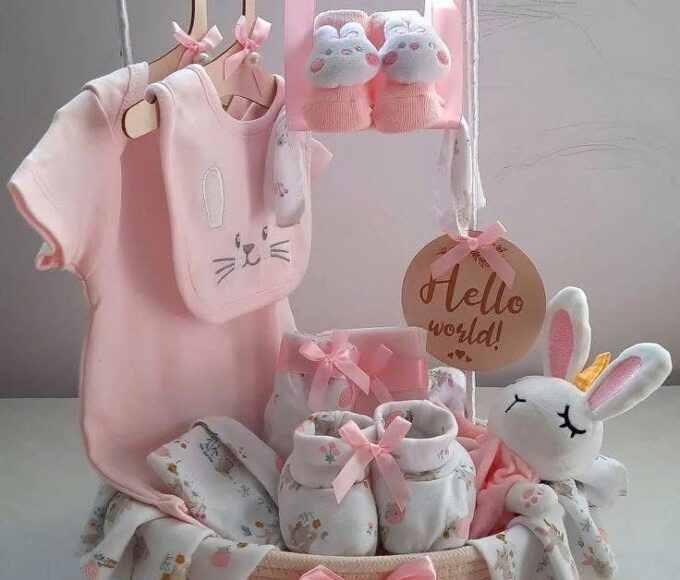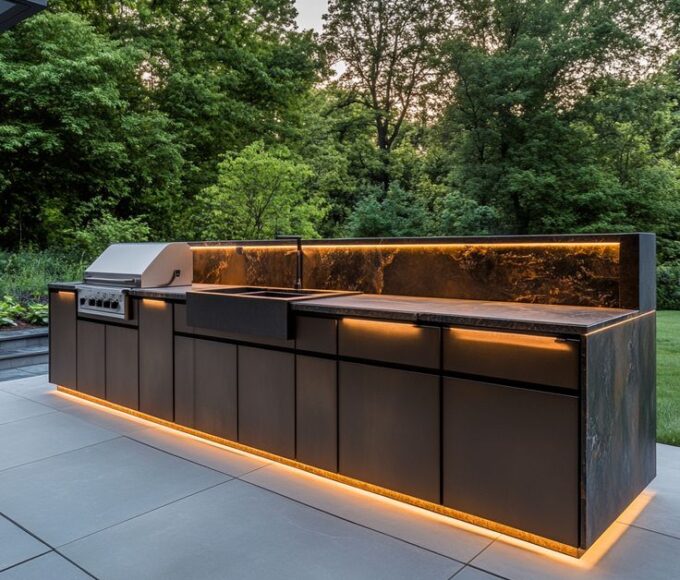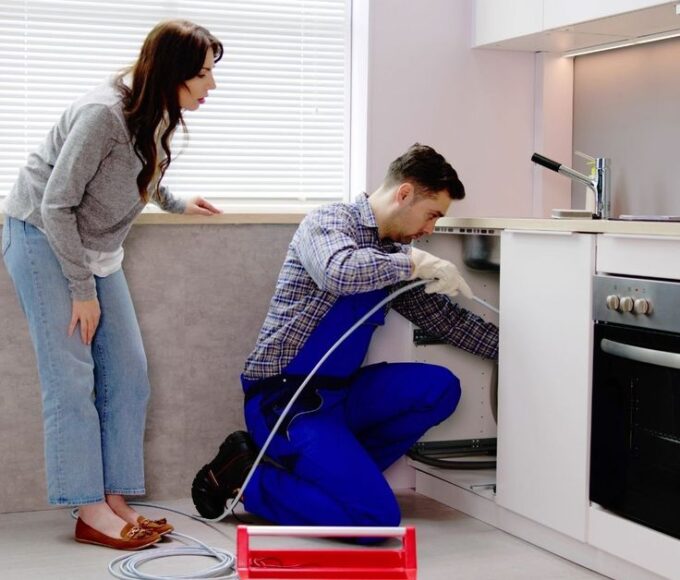Imagine being in a place that is small but productive where each square foot has got a tale to tell. Tiny homes are not just a fad but a change in the way of life and the transition to minimalism and sustainability. These small homes are the place where adventurers and dreamers get a taste of the outdoors life, free of the clatter of conventional life. Having innovative storage systems and creative designs, tiny homes transform even small spaces into the fulfillment of big dreams.
When we go into the realm of small living, you will learn some great tips on how to make the most of your home along with including the idea of being green. With ingenious design tricks or economic gain, there is a lot to study in this lovely world of little spaces. And here we go! we shall take this trip!
What are Tiny Homes?
Tiny homes are small residential units, which are usually below 400 square feet. They undermine traditional ideas of home and attach importance to efficiency.
Such structures may be of various forms such as smooth modern models or rustic cottages. Every my little house tiny homes is a singular experience of the personality and the life of a person.
It is not only about size but also about freedom which is offered by them. Most individuals opt to live tiny due to financial reasons or preference to live simply.
These homes are often transportable using trailers and hence flexible. You may park them either in the close-to-nature or in the crowded urban settings.
The smart design in the inside ensures optimal functionality including multi-purpose furniture and new ways of storage. Each inch is functional and at the same time comfortable and stylish.
Tiny homes signify also a change of attitude towards smart living- it is about experience and not material goods.
Creative Design Ideas for Tiny Homes
Small houses do not imply sacrifices to fashion. Maximum use of limited space depends on creativity.
Take into account multi-purpose furniture. A bed sofa that can be turned into a bed or a fold away dining table could save a lot of important space whilst adding style.
Vertical storage solutions are critical too. Imagine shelves that go to the ceiling, every inch of the place used without leaving the floor untidy.
Natural light also has a major role to play. The skylights or big windows will give the effect of the room being bigger and will make you feel connected to the outside world.
Color schemes are important; the light colors in the areas make them airy and open. Bold coloured accents could bring in a personality but not overload the senses.
Embrace outdoor living! Decks and patios also increase the available space and also create more relaxing areas or places to have friends and enjoy the nature with friends.
How to Make the Most of Limited Space
The idea of a tiny home is all about smart solutions in order to use the limited space. Think vertical. Wall hooks and shelving can also occupy the floor space as well as add style.
Your friend is multi-functional furniture. A bedtable sofa or an ottoman with storage can also accomplish miracles in terms of functionality.
Think about the open layouts to provide a feeling of expanded space. This structural option gives the room the opportunity to be exposed to natural light and make the rooms appear larger and airier.
Mirrors are used in strategic places; they are used to reflect light and expand space visually. A focal point can be made up of a well-placed mirror but this adds depth to the room.
You should not be afraid of color as well, because light shades usually make the room look spacious, whereas bright splashes of color add character and do not overpower the senses.
The regular tidying up will keep your home sweet and welcoming, with everything having its purpose or adding some happiness to your life.
Sustainability and Cost Efficiency of Tiny Homes
Small houses are a ray of sustainability. By virtue of their smaller footprint, their consumption of energy is low. Minimization of materials in construction leads to less waste and the environment is less affected.
The price efficiency is also very impressive. The smaller the space, the smaller the utility bills. The cost of heating, cooling, and electricity reduces by a large percentage when you occupy a small house.
A great number of small homeowners are environmentally friendly. It is also common to see solar panels on the roofs that supply renewable energy to power their lives in a sustainable manner. The use of rain water collection systems will reduce the amount of water consumed and encourage independence.
Moreover, small houses promote minimalism a lifestyle that is also good to the environment. Based on owning fewer items, residents will be able to concentrate on experiences, as opposed to material possessions. This change creates more meaningful relationships with nature and society.
Living this life not only makes one realize personal dreams but is also in tandem with the ecological accountability and financial care.
Challenges of Living in a Tiny Home
Life in a small house poses different challenges which demand flexibility. Storage is one of the most urgent obstacles. Having a very small square area, one may feel like playing Tetris to find a place where something can fit.
There are also emotional changes. The warm environment might easily become suffocating when it comes time to be tense or stressed among housemates. Privacy is limited and personal lines can be crossed.
The matter of functionality is another challenge. Multi-use furniture is a necessity but may not necessarily suit every individual so well. When every inch matters, cooking and cleaning are more complex matters.
Also, zoning regulations and laws tend to make it even more challenging. It is not so easy to find land where tiny homes can be built.
There is the social perception which has to be overcome. Where others accept this kind of lifestyle with open arms, others might treat it with doubts or even not be attracted by the lifestyle at all.
Eco-friendly Benefits of Tiny Homes
A hope of being environmentally friendly is tiny homes. They are very small thus minimizing on use of energy. There is less space to cool or heat so the owners get a lower utility bill whilst reducing their carbon footprint.
The resource materials are usually inclined towards the sustainable ones. Several small home construction companies focus on reclaimed wood and reused materials, which encourages the environmentally friendly attitude at the very core of the construction.
Another strength is water conservation. Small houses are usually characterized by new plumbing designs that use less water without compromising comfort. More sustainability can be improved through the use of rain water harvesting systems.
Having a small footprint of residence helps one be mindful of his or her belongings and consumption patterns. With this simple way of living, they are able to appreciate quality more than quantity and less resources are wasted in general.
Besides, a great number of small houses are planned taking into consideration renewable resources (in other words, solar panels or wind turbines) that allow homeowners to tap into clean energy without making any efforts. This type of lifestyle does not only benefit people, it also adds to a healthier world.
Budget-Friendly Living in a Tiny Home
The experience of living in a small house is an exclusive chance to become a minimalist and save money at the same time. As you lay off, your costs are likely to reduce. The utility bills would be cheaper as they would consume less energy and the spaces would not require a lot of heating and cooling.
Also, the upfront price of buying or constructing a tiny house is highly lower than the cost of conventional houses. The smaller size of these dwellings makes financing options more obtainable to many as they can come up with more innovative solutions without going broke.
Small houses promote self-dwellings as well. Whether, it is the construction of furniture or the improvement of storage systems, the homeowners take pride in creating their own home. The practical solution to this can result in significant savings in the long run.
Also, small living usually causes the priorities to be moved off materialistic possessions in favor of experience and relationship. The reduced financial commitments spent on housing costs will allow residents to spend the money on travel or hobbies.
To individuals who might be contending this type of living, the affordability of new living in a small house provides a door to new opportunities, both monetarily and personally. The road to simplicity might simply result in fulfilment that cannot be provided by square feet.

















Leave a comment